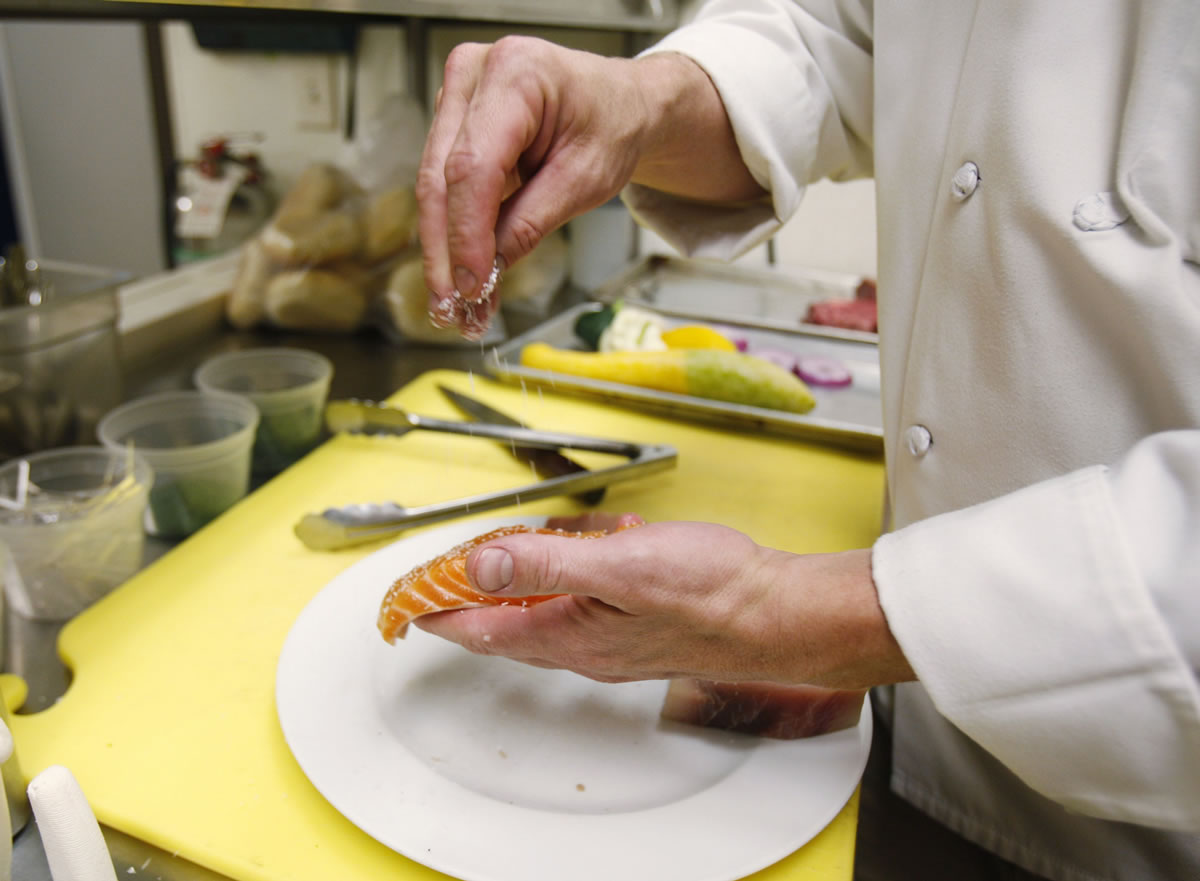Trout, shrimp, sardines and other delicate seafood: 15 minutes
Bass, barramundi, sablefish and other flaky fillets: 20 minutes
Halibut, mahi mahi, blue fish and other flaky, meaty fillets: 30 minutes
Salmon, mackerel, Arctic char and other meaty, full-flavored fish: 35 minutes
Amberjack, cobia, swordfish and other dense, steak-like fish: 40 minutes
Salmon With Citrus-Spice Glaze
Yield: 4 servings
From “The Good Housekeeping Test Kitchen Grilling Cookbook: 225 Sizzling Recipes for Every Season,” (Hearst Books, 2013)
3 tablespoons packed dark brown sugar
2 tablespoons orange juice
1 ½ teaspoons smoked paprika
¼ teaspoon ground cumin
¼ teaspoon crushed red pepper
¼ teaspoon salt
1/8 teaspoon ground black pepper
4 center-cut skin-on salmon fillets (6 ounces each)
Prepare outdoor grill for direct grilling over medium heat.
Stir sugar, orange juice, paprika, cumin and crushed red pepper in a small bowl until the sugar dissolves.
Sprinkle salt and pepper on flesh side of salmon.
Grill salmon, skin side up, 4 minutes, then carefully turn salmon over. Brush sugar mixture over salmon. Cook 4 to 5 minutes longer or until just opaque throughout, continuously brushing sugar mixture over salmon. (Instant-read thermometer inserted horizontally into center of fillets should register 145 degrees.)
Carefully remove salmon from grill by sliding long, thin spatula between fish and grill grate. Discard skin.



